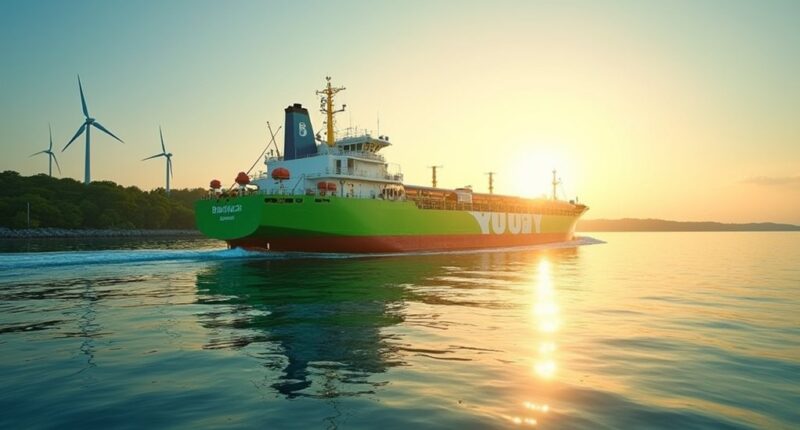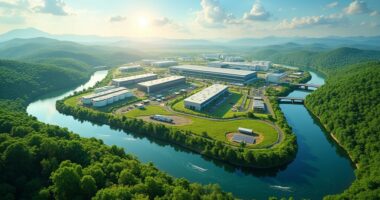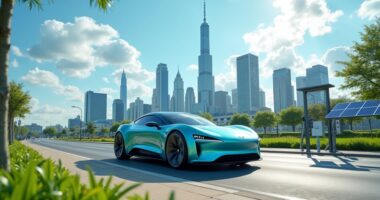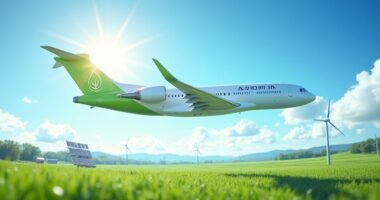Microsoft has partnered with NORDEN to tackle maritime Scope 3 emissions in their supply chain. This collaboration aims to reduce the carbon footprint of global logistics, targeting nearly 10,000 tons of CO₂ over three years. They are focusing on low-carbon fuels, like certified waste-based biofuels, and adopting innovative logistics strategies. With independent audits and transparent tracking, they are setting a robust framework for sustainable shipping. Curious about how this might influence the broader maritime industry?
Partnering for Sustainable Maritime Emissions Reduction
In a groundbreaking move to tackle maritime emissions, Microsoft has teamed up with Danish shipping company NORDEN, aiming to make waves in the often murky waters of supply chain sustainability. This partnership is not just an ordinary collaboration; it targets the notoriously tricky Scope 3 emissions in Microsoft’s supply chain, which are like the hidden calories in that delicious cake—hard to track but impactful nonetheless.
The pilot project is ambitious, aiming to slice nearly 10,000 tons of CO₂e over three years, focusing on decarbonizing global logistics through low-carbon maritime fuels. NORDEN plans to deploy certified waste-based biofuels on select shipping routes, achieving a remarkable 80-90% reduction in life cycle emissions compared to traditional marine fuels. It’s like swapping out a gas-guzzling SUV for a sleek electric model—good for the planet and your conscience.
Aiming to cut nearly 10,000 tons of CO₂e in three years, this project champions low-carbon maritime fuels for sustainable logistics.
Plus, Microsoft gets to claim these emission reductions under the Book and Claim system, which allows them to take credit for eco-friendly practices even if their cargo isn’t on a biofuel-powered ship. This innovative approach is part of NORDEN’s commitment to scaling low-carbon fuels—talk about a clever loophole! Additionally, the partnership is designed to address the geographic limitations of low-carbon fuel availability in the maritime industry.
This initiative not only aligns with broader sustainability goals in the maritime sector but also sets a blueprint for scaling low-carbon shipping solutions. The project exemplifies blue economy principles by balancing economic benefits with marine ecosystem preservation. With a robust verification process involving independent audits and alignment with recognized frameworks, the credibility of this project is as solid as a well-built ship.
The partnership also boasts transparency through a digital registry, ensuring that every claimed reduction is traceable—imagine a treasure map for emissions savings! As this collaboration unfolds, it demonstrates a pathway for rapid decarbonization in maritime logistics, a key player in the Scope 3 emissions game. By addressing geographic limitations with flexible, digital solutions, Microsoft and NORDEN are not just paddling in the shallow end—they’re diving deep into the ocean of possibilities for sustainable maritime transport. And who knows? They might just inspire a fleet of companies to follow suit, turning the tide toward a greener future.









